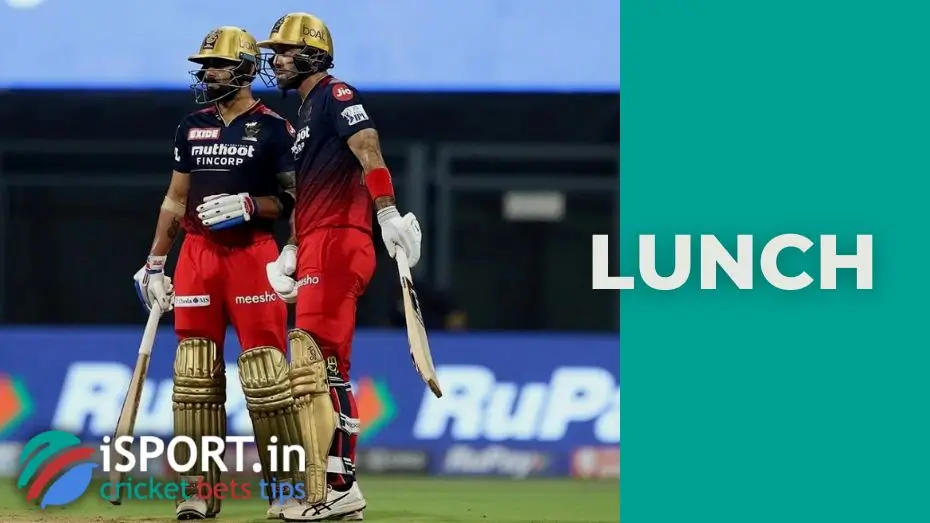What is Cricket Lunch?

The word Lunch is probably familiar to everyone and does not need additional explanations. Cricket also has it, but does not directly mean eating at lunchtime. Read all about what this term is in cricket in our article.
What is Cricket Lunch?
A game of cricket, depending on the format, can last from several hours to several days. This is one of the sports where the competitions take up the most time.
As a rule, test and first-class matches last from three to five days. There is also a one-day cricket format. Players are on the field for six to seven hours a day (except formats like the Twenty20, where the match lasts less than three hours), so players just need breaks that are regulated by the rules. One of these breaks is lunch.
Lunch in cricket refers to the first of two breaks that occur if the game is played all day. Typically, for a test match, it starts at 12:30 or 11:00 local time. If the match is played in the day/night cricket format (in which case the match starts around 13:30), then it starts at 15:30. In addition, in some cases, the lunch break may follow the tea break, and the time of its occurrence is shifted, for example, to 18:50.
Of course, lunch time can be changed if weather conditions or other unfavorable circumstances interfere with the planned match.
As a rule, a cricket match that lasts more than one day includes the following breaks:
- The time that elapses between the end of the game on one day and the start of the game on another day.
- Breaks between innings.
- Breaks for players to eat (lunch and tea).
- Breaks for players to drink water.
For each interval, the rules set a specific duration: for example, a break between innings lasts 10 minutes, and lunch in a test cricket usually takes 40 minutes.
The duration of lunch in a particular match, if it differs from the usual one, is set before its start.

Why are cricket matches so long that players need breaks?
If the game lasts all day, then a lunch break is not a tradition or a whim of spoiled players, but a dire necessity, without which cricketers exhausted by a long match, simply cannot act effectively.
Typically, a continuous test match day consists of three sessions separated by two long breaks: lunch and tea (sometimes, there may be two tea breaks).
Such duration of matches is partly a tribute to tradition because British gentlemen have no problems with time and patience. This sport appeared long before the invention of television and long before a person had problems finding a few days to watch or participate in the same match.
The modern pace of life is fast, and the traditional test format of cricket looks rather archaic in it. The reasons for the duration of this game are simple: in the test format, each team has two innings, each of which lasts until all ten wickets are destroyed or until the team defending its wicket is knocked out. So such a game lasts a long time, for several days.
The classic cricket is facing a crisis because it fits less and less into the modern rhythm of life. It is quite possible that multi-day cricket matches will be history in two hundred years, and with them, the lunch break will also become a thing of the past.
